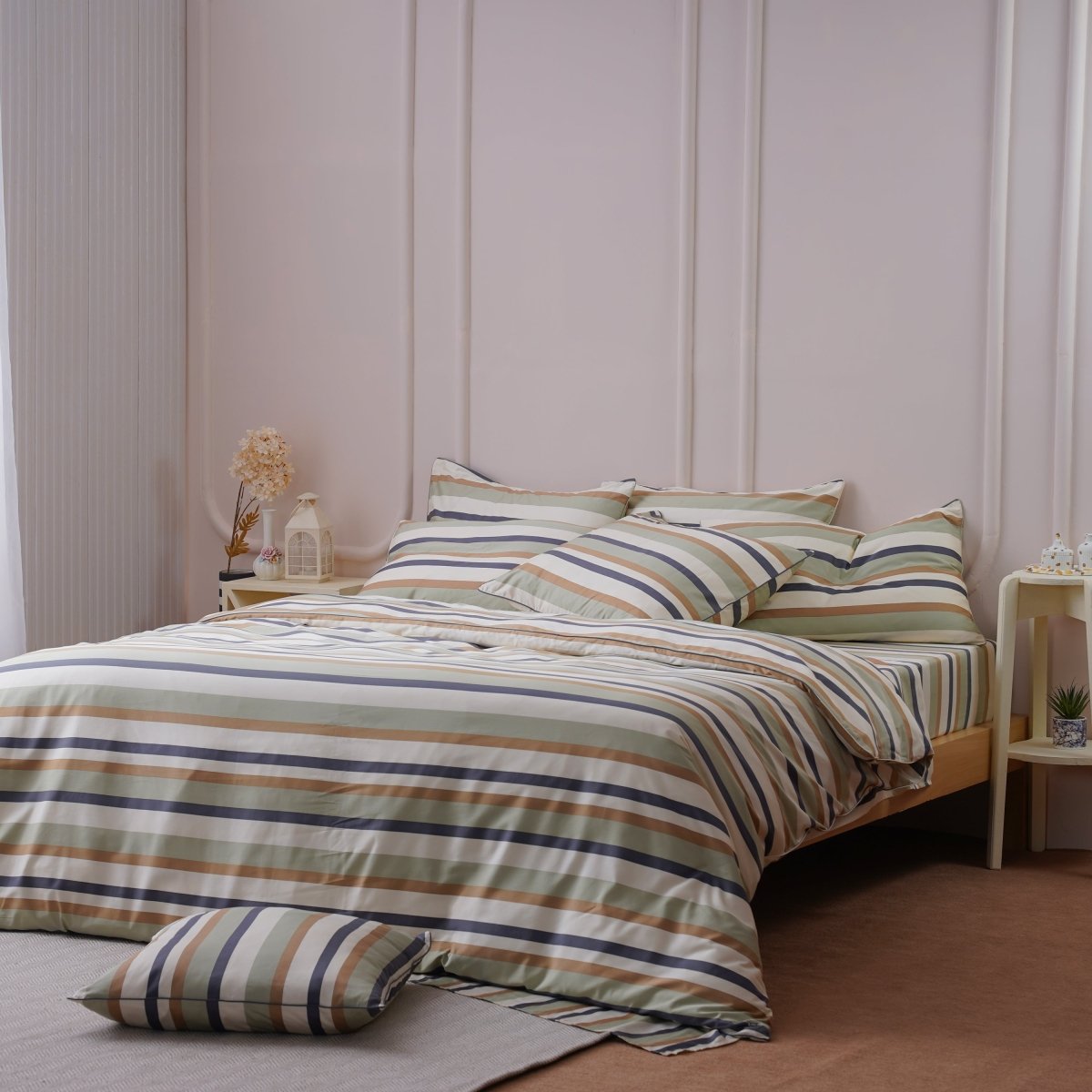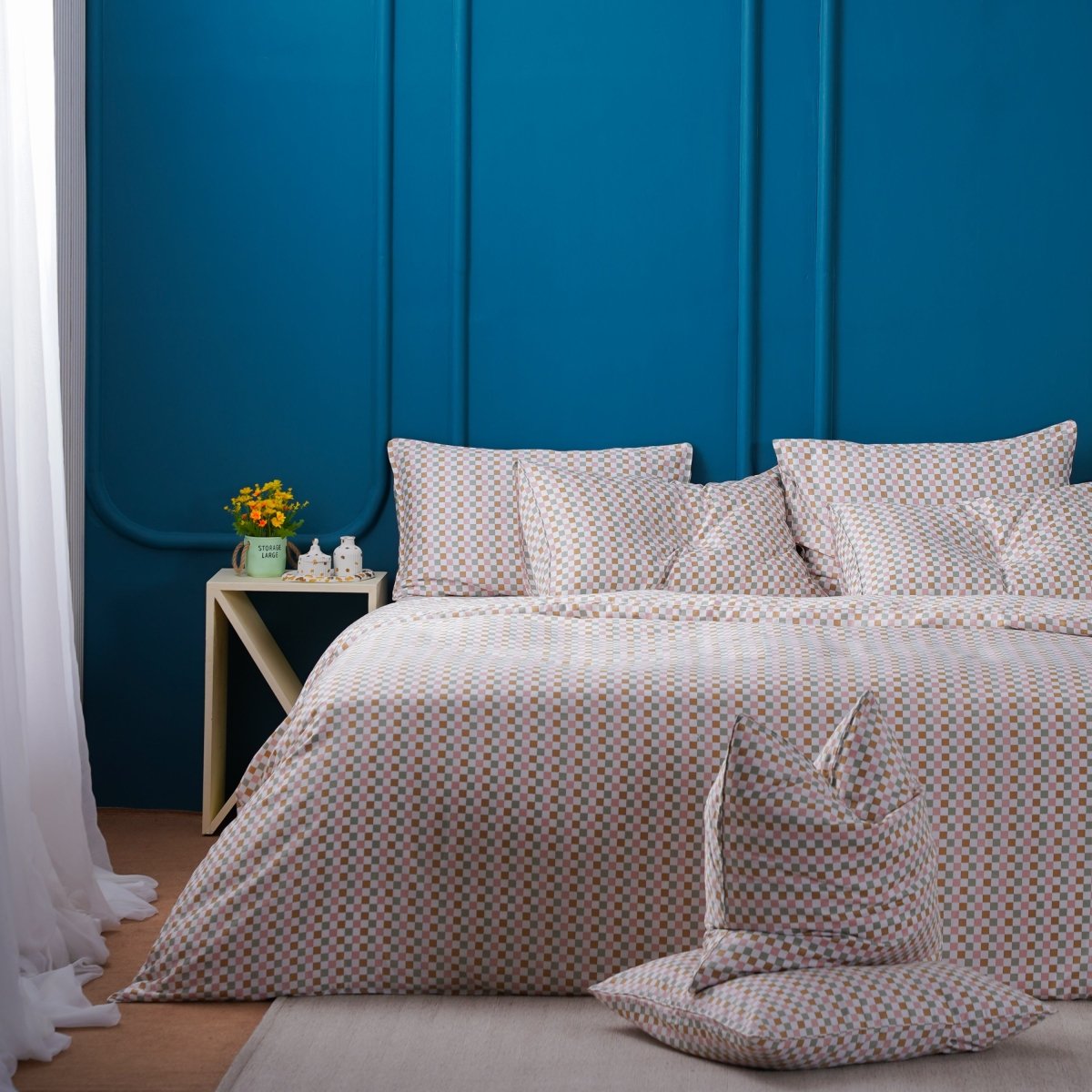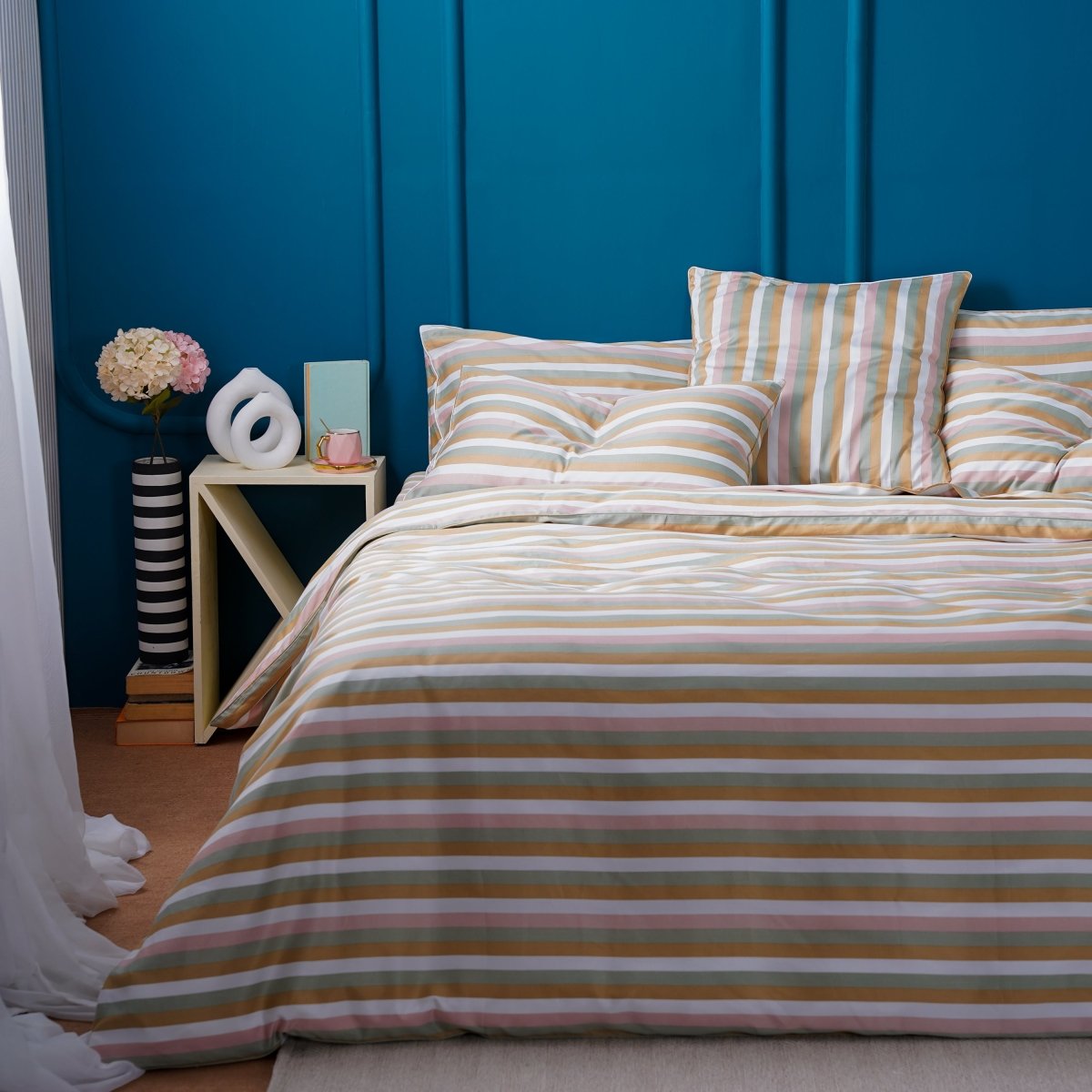How to Prevent a Mould Outbreak in Your Wardrobes This Winter
Baking soda, white vinegar, and even a bag of rice are some of the ways to help prevent a mould outbreak in wardrobes. Unfortunately, mouldy wardrobes are a common problem to deal with in the winter months.
As the outside cold clashes with the indoor heat, moisture begins to linger in the home, and many people will also start to experience condensation on windows and walls.
The increased condensation will result in high humidity throughout the house, which can lead to disastrous effects on bedroom wardrobes. In addition to upgrading your space with high-quality fitted wardrobes, there are things you can do with your current wardrobes to help:
Excess moisture can become trapped in wardrobe spaces, resulting in mould forming on the walls and eventually spreading onto clothes and even affecting fabrics like bamboo or cotton bedding stored nearby.
Having a mould outbreak can be devastating to deal with, especially if all of the clothes and fabrics, including bed linens, are ruined beyond repair.
We recommend fitting vents into wardrobes to help distribute the airflow and to use items like rice and baking soda to absorb moisture in the air.
Here are our tips on how to prevent a mould outbreak in wardrobes:
1. Fit vents into the wardrobe
Having vents built into the wardrobe can help distribute the airflow and reduce humidity. Building vents will help improve air circulation and remove any excess moisture, which can help fitted wardrobes directly on the back wall. Creating a DIY fitted wardrobe can allow you to customize this from the start to avoid mould and humid air building up.
2. Tidy up the space
Having too many clothes in an enclosed space can limit air circulation and trap moisture. Try to space out your clothes where possible and put the rest in drawers. Avoid overloading storage spaces with bedding and linens, as overcrowding can impact airflow and potentially lead to a musty smell in materials like bamboo or cotton bedding.
3. Regulate room temperature
To prevent a mould outbreak, keep the bedroom temperature between 17 to 19ºC. Mould can easily grow in colder rooms that suffer from high humidity, which can then easily spread throughout the home. Proper temperature control can also help maintain the quality of natural fabrics like cotton bedding, preventing it from absorbing excess moisture.
4. Monitor humidity levels
Rooms with high humidity levels are likely to experience mould growth due to the excess moisture in the air. Aim to keep humidity levels between 40 to 60% to lower the chances of an outbreak. Open wardrobe doors periodically to let humidity out, or opt for open units if you're creating a walk-in closet or dressing room area. This also benefits breathable materials such as bamboo bedding, which perform best in well-ventilated environments.
5. Spray white vinegar
A mixture of white vinegar and distilled water can help to get rid of mould which has already started to form. Take all of the clothes in the wardrobe, dab some of the solution onto a cloth, and then lightly wipe the area in a circular motion for the best results. This gentle solution can also be effective for light cleaning around wardrobe interiors where bedding or clothing may be stored.
6. Ensure all clothes are dry before putting them away
Putting clothes away too quickly after washing can be one of the causes of a mould outbreak. Damp clothes can create excess moisture in the air. Check all sleeves and collars of clothes to ensure there are no wet patches. The same goes for any bedding, particularly for natural fabrics like cotton and bamboo, which should be completely dry to prevent musty smells and moisture buildup.
7. Use a bowl of baking soda
Baking soda naturally absorbs the excess moisture surrounding it. Place a bowl of it into your wardrobe to prevent a mould outbreak. For best results, remove the clothes and leave the baking soda for around three to four hours. This can also be helpful in spaces where extra linens are stored, such as shelves with bamboo or cotton bedding.
8. Uncooked rice
A bag of rice can also help reduce humidity in wardrobes with alarming moisture levels in the air.
9. Check for leaks
If the wardrobe is positioned against a wall with the bathroom behind it, there is a chance that a water leak from the shower is the cause of the dampness. In this case, consider calling a professional to help with the problem. This step is especially critical if you store delicate or absorbent materials, like bamboo and cotton bedding, nearby.
10. Vacuum regularly
It’s important to vacuum regularly to clean up any mould spores that may be lingering on. Make sure to wear protective clothes when cleaning around them, as direct contact can lead to skin irritations.
11. Add white vinegar to the washing
Add a quarter cup of white vinegar into the washing machine when cleaning clothes. This will help repel the outbreak once they’re hung up in the wardrobe. It can also freshen up natural bedding materials like bamboo and cotton, helping to maintain a clean, fresh scent.
12. Regularly open bedroom windows
Having the windows open throughout the day can help distribute airflow, which can work as a natural dehumidifier. It’s worth opening wardrobe doors to release the condensed air, which can help prevent moisture buildup on bedding materials stored within, such as bamboo and cotton fabrics.






